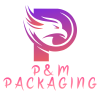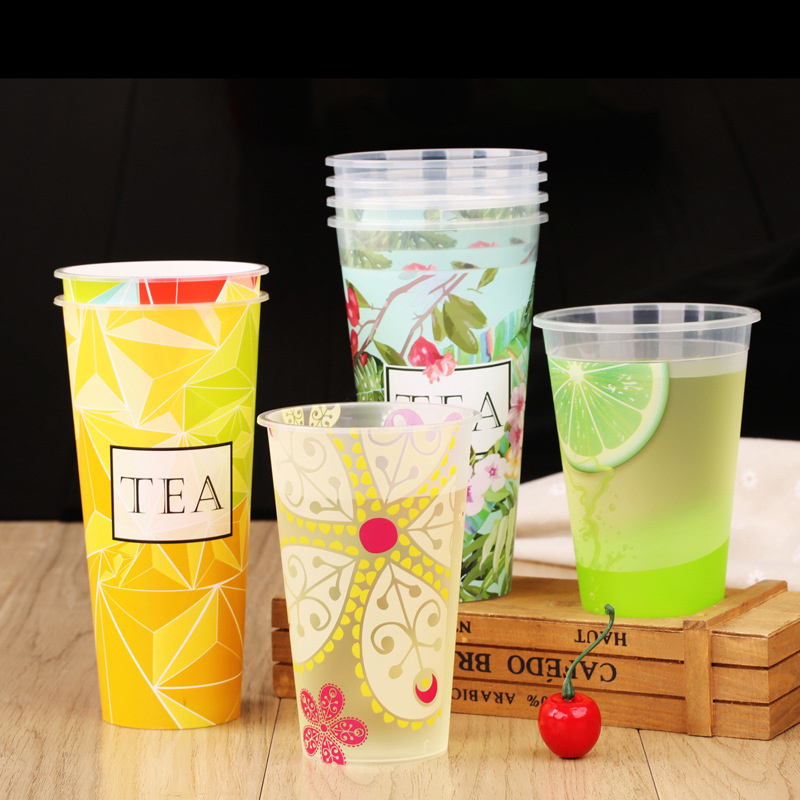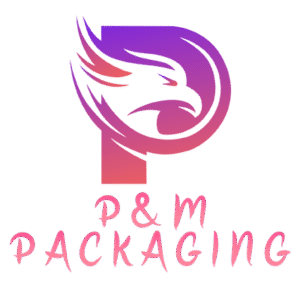When we want to choose cups to boom our business, there are often multiple options such as paper cups, PET cups and PP cups etc. But why are an increasing number of milk tea shops and coffee shops choosing for PP cups? Here are several key reasons compared with other types:
1. Heat Resistance:
– PP Cups: PP material has excellent heat resistance and is capable of withstanding temperatures up to 95°C without deforming or releasing harmful substances. This makes PP cups ideal for hot beverages.
– Paper Cups: While paper cups have some heat resistance, but they typically require a PE (polyethylene) lining to prevent liquid penetration. Hot water can cause the paper cups to soften and even leak happened.
– PET Cups: PET material is indeed not suitable for high temperatures and is only used for cold drinks.
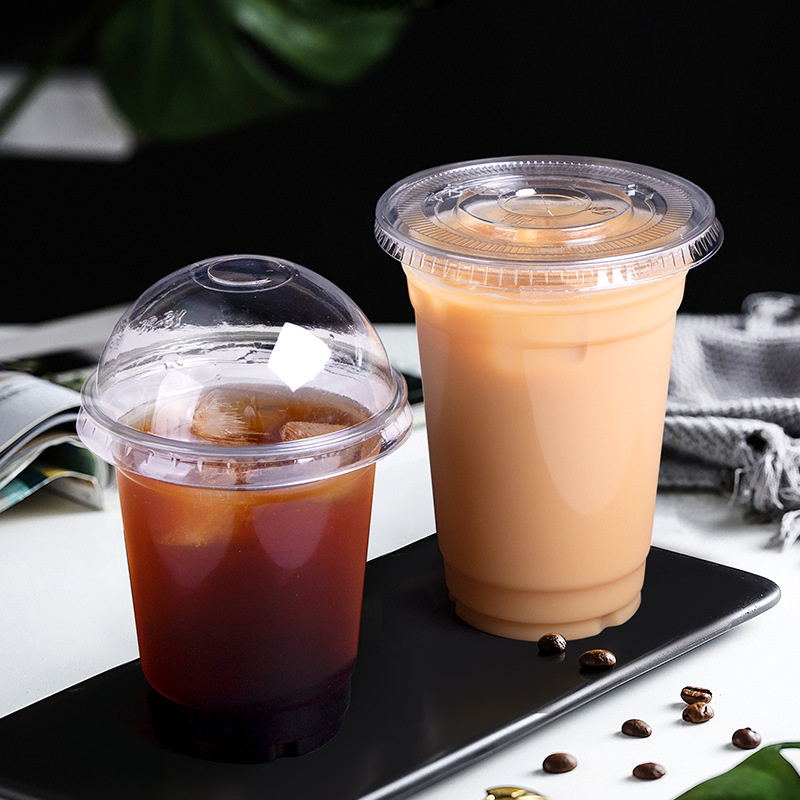
2. Durability and Impact Resistance:
– PP Cups: PP material is lightweight yet highly impact-resistant which ensure that the cup won’t easily break for takeaway orders and daily use.
– Paper Cups: Paper cups are lightweight but lack durability. It will leak easily during takeaway orders without other extra protection tools.
– PET Cups: PET cups are bad for high temperature and offering less impact resistance compared to PP cups.
3. Environmental Friendliness:
– PP Cups: PP material is recyclable and meets environmental standards. Additionally, there are now biodegradable PP cups available which is further reducing environmental impact.
– Paper Cups: Although paper cups are biodegradable and the PE liner complicates recycling processes, it is very hard to dispose of properly.
– PET Cups: PET material is also recyclable but its limited application in the hot beverage market due to heat sensitivity restricts its broader usage.
4. Cost Efficiency:
– PP Cups: PP material is relatively low cost with rapid production speeds and lower mass-production costs that make PP cups an economical choice.
– Paper Cups: The cost of paper cups is higher and particularly when a PE liner is required which increases manufacturing expenses.
– PET Cups: The raw material costs are higher compared the thermoformed PP cups and their unsuitability for hot beverages limits their widespread adoption.

Introduction to the production process of PP Cups
Now, let’s talk about the entire production process and specific technical features of PP cups. Firstly, when we talk about PP cups, we refer to polypropylene (PP), a plastic material capable of withstanding boiling water and resisting drops (its recycling symbol is 5). The production process is following these steps: material selection → forming → finishing for optimal use → quality inspection → Packaging. Each step will be explained in detail, considering practical usage scenarios and customer experiences.
Step 1: Material Selection and Preparation
The core material of PP cups is food-grade PP pellets. The same material used in food storage containers must ensure no BPA or heavy metals for customer safety.
Types of PP Pellets:
– Homopolymer PP (Pure PP): Known for its stiffness and heat resistance. This type is perfect for holding hot beverages like milk tea or coffee at 95°C without softening. Customers appreciate the stability and durability when drinking hot beverages.
– Block Copolymer PP (Mixed PP): It is more shatterproof and makes it ideal for cold drinks or takeaway orders because it is not crack easily during shaking. This feature is very important for customers who frequently have takeaway drinks.
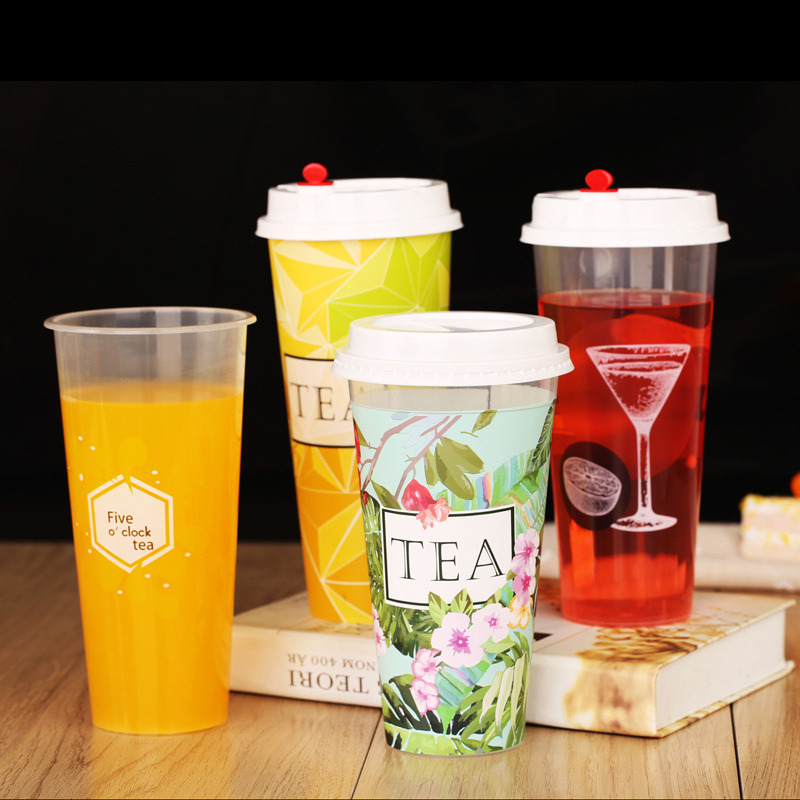
Step 2: Forming
PP cups come in two main types: thick-walled cups (e.g., coffee cups with handles) and thin-walled cups (e.g., disposable milk tea cups). Both types are formed differently.
Thick-Walled Cups (Injection Molding):
1. Feeding Material: Prepped pellets are fed into the hopper of the injection molding machine.
2. Melting Pellets: The pellets pass through three temperature stages,first softened at 180-200°C, partially melted at 200-220°C, and fully melted at 220-240°C.
3. Injecting into Mold: The molten PP slurry is injected into a mold using 80-120 MPa pressure.
4. Holding Pressure: It maintains 60%-80% of injection pressure to prevent shrinkage during cooling.
5. Cooling and Demolding: It runs cold water through the mold to harden the PP slurry then ejects the cup from the mold.
Thin-Walled Cups (Thermoforming):
1. Making PP Sheets: It can extrude PP pellets into continuous thin sheets (0.3-0.6 mm thick), cool and roll them for later use.
2. Heating Sheet: It pulls the sheet into the machine and warm it to 160-190°C using infrared heaters.
3. Vacuum Forming: It places the heated sheet over a mold and uses vacuum suction to shape it into a cup.
4. Cooling and Cutting: It hardens the cup with cold water and cuts individual cups from the connected sheet.
Step 3: Finishing
Newly formed cups require minor adjustments to address customer friendly issues:
Rim Treatment:
– Curling the Rim: It rolls the top edge into a smooth circle to prevent lip scrapes and ensures the rim doesn’t soften when holding hot drinks.
– Adding Threads: For screw-on lids it carves threads directly into the mold or rolls them into the cup after shaping. Proper threading ensures a leak-proof seal.
Body Strengthening:
– Reinforcing Ribs: Adding raised strips to prevent deformation and save material.
– Anti-Slip Patterns: Carving diagonal lines or dots to enhance grip especially useful for cold drinks that make the cup sweat.
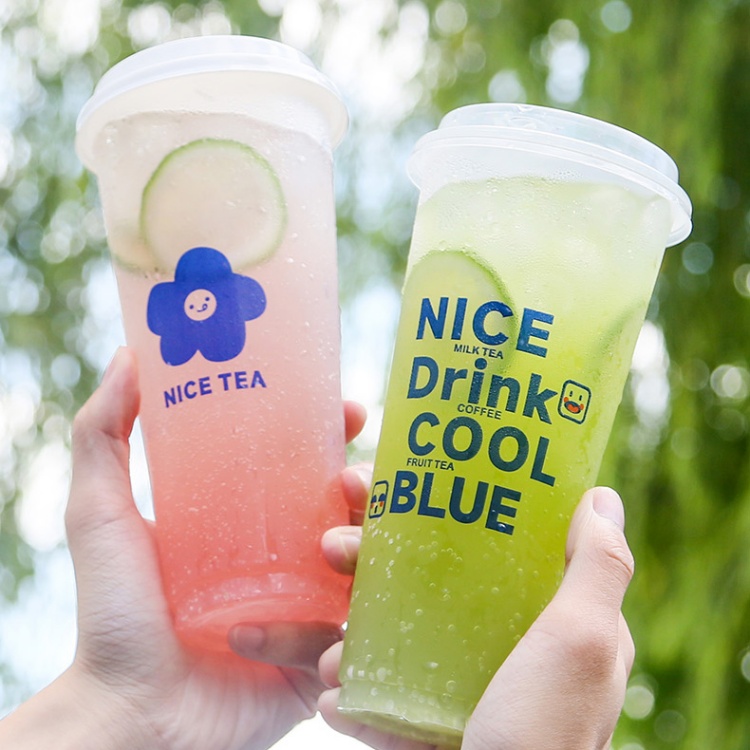
Step 4: Customized images for brands
For branding purposes, customized designs can significantly attract customers. Here are some methods to enhance the characters:
Coloring:
– Transparent Cups: Use high-transparency PP material with clarifying agents to showcase the drink inside.
– Colored Cups: Add food-grade color master batches for vibrant and long-lasting different colors.
Printing:
– Screen Printing: Ideal for simple designs like large logos. Bake at 80°C for 10 seconds to ensure durability.
– Pad Printing: Suitable for small details like text on the side, even on curved surfaces.
– Heat Transfer: Perfect for gradient or full-cup designs, first print on film, then transfer to the cup using a 180-200°C machine.
In-mold labeling (IML): This is a type of injection molding process where pre-print labels are placed into the injection mold. During the injection process, the label fuses with the plastic base material and forms the final product in one seamless step. This technique can produce a variety of very beautiful patterns.
Adding Texture:
– Matte Finish: Sandblast the mold’s inner wall for a fingerprint-resistant surface.
– Pearlescent Finish: Add 2%-5% pearlescent masterbatches for a shimmering effect.
Step 5: Final Packaging
After inspection and quality control, the packaging process is the most important thing. It should wrap each cup in a food-grade PE bag and pack them in cartons labeled “For Food Contact” to prevent contamination during shipping.
